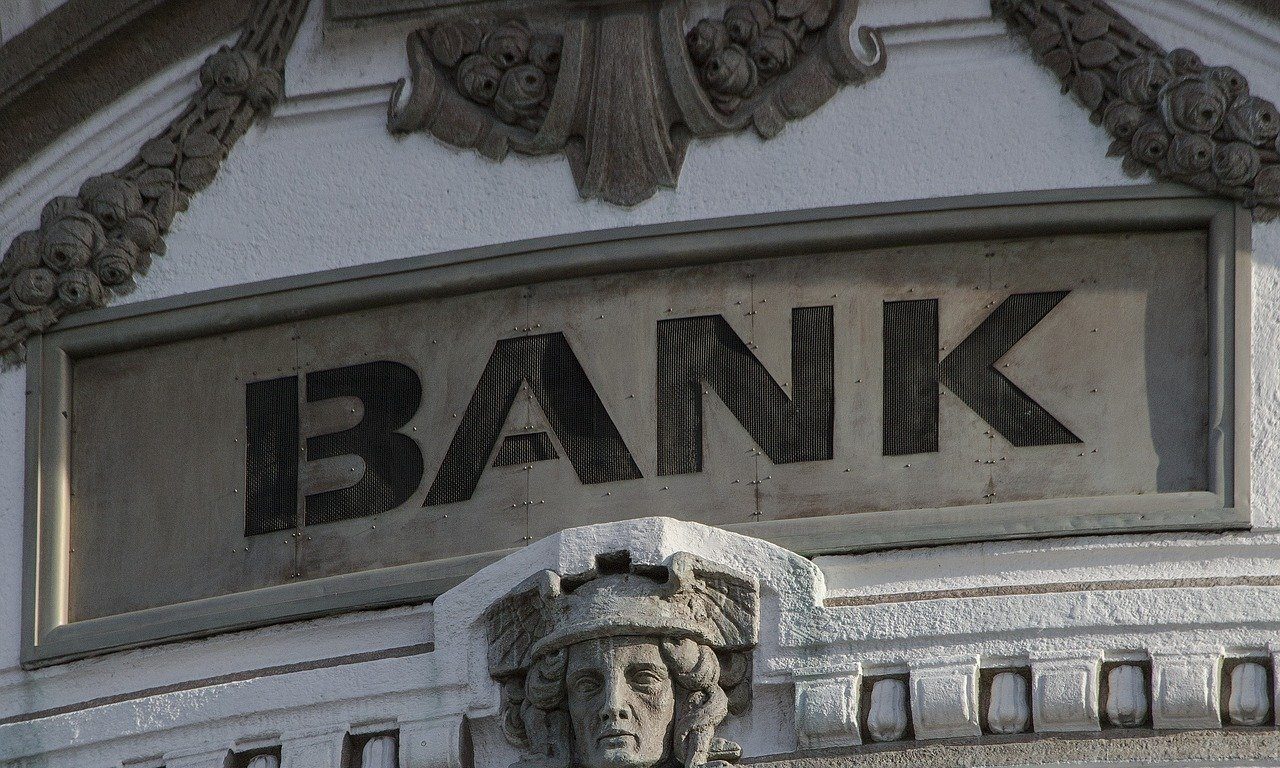When it comes to the Fed, the focus is far-too-often on the upcoming meeting and not enough on subsequent meetings and what’s priced in terminally.
For Wednesday’s meeting, the market is pricing in a 91.6% chance of a 50 bps hike and an 8.4% chance of 75 bps. Given that the Fed doesn’t like to surprise and that several participants spoke openly against 75 bps, I don’t think we will see any surprises.
What could start to change quickly, is communication around future meetings and the terminal rate.
At the moment there’s a very strong built-in probability of rates following this path:
- May 4 – 50 bps
- June 15 – 75 bps
- July 27 – 50 bps
If anything, I can see Powell dialing that back to 50-50-50 but implied probabilities suggested a better chance of finding an extra 25 bps somewhere.
I’m also open to the idea that what Fed funds futures price in and what equities expect aren’t always aligned, but that’s a topic for another day.
The other thing I want to highlight is a look 14 months ahead to July 2023. Trading is thin but the most-likely path is to 3.50-3.75% Fed funds, which is well-above current 30-year yields. That implies a total inversion or deeper selloff in long bonds. Either one would be ugly for risk assets. Will the market be right? This chart is dated but it highlights how fed fund futures aren’t magic. They’re a collective guess and the track record is poor.
Finally, the Fed has a well-earned reputation for coming to the rescue of the stock market. Anyone buying stocks today must believe we will get at least some soothing words from Powell.
But what if he decides that the Fed needs to restore inflation-fighting credibility in a big way?

